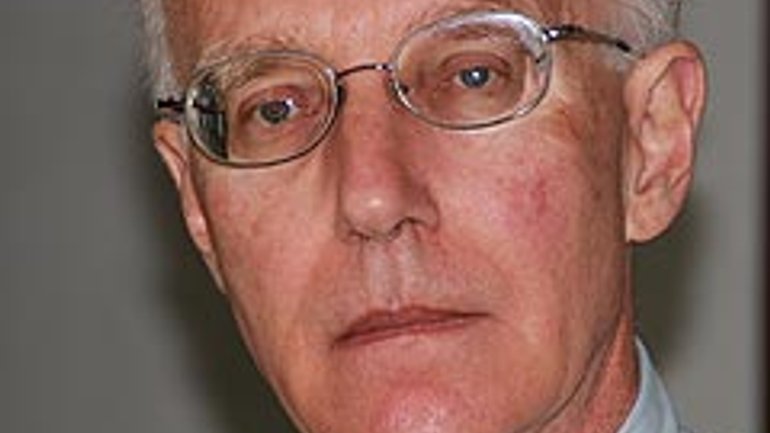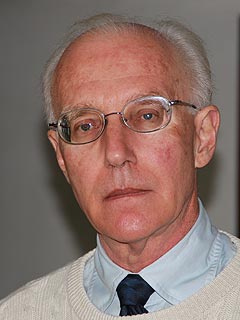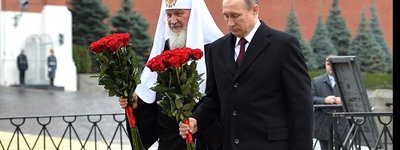The Liberals, the Laity, and the Church

 There will always be tension between the Church and those who believe in absolute individual freedom.Butthe Greco-Catholic laity, who are more experienced in acting in a diverse and contentious public forum, could serve as intermediaries.
There will always be tension between the Church and those who believe in absolute individual freedom.Butthe Greco-Catholic laity, who are more experienced in acting in a diverse and contentious public forum, could serve as intermediaries.
Is the UGCC on a collision course with liberalism? Last December 8, an article by Yaryna Boren’ko entitled “Lviv against the Liberals. Why Lviv’s Activists Conflict with the Greco-Catholic Church” appeared in “Teksty.” Although the article was really about Lviv politics, and particularly about mayor AndriiSadovyi’s “Samopomich” (Self-Reliance) party, it did point to three incidents where the Church had clashed with liberal opinion.
The first was the well-known controversy about the Metropolitan Andrei Sheptytsky monument next to the St. George’s Cathedral complex. The project disrupted automobile traffic and trolley bus routes, destroyed trees, and left a large space that would only be utilized during large manifestations or a massive influx of tourists.Since the affair involved the city administration, as well as students demonstrating against cutting down the trees, it took on a political coloring.
The second incident cited by Boren’ko was the dismissal of Lviv cultural adminstration head Iryna Magdysh, who had tactlessly criticized the Church in language reminiscent of Soviet propaganda. Her objections were apparently based on the situation in nearby Riasne, where a wayward Greco-Catholic sect known as the Brotherhood of St. Josaphat operates. While Boren’ko admits that this sect is not within the Church, shealleges that the Church had campaigned for Magdysh’s dismissal.
The third affair takes us to Kyiv, where amendments to the Labor Code intended to protect homosexuals, bisexuals, and the transgendered were opposed by the country’s religious groups, including the Greco-Catholic Church. Boren’ko’s criticism was actually directed at the Samopomich party, not the Church itself, while themain problem with the amendments was not their purpose, but their language. Nevertheless, the author accused Greco-Catholic Major Archbishop Sviatoslav of falsely stating that the Catholic Synod of Bishops had condemned gender ideology, whereas in fact no formal condemnation of gender theory had taken place. In any case, it is fairly clear that the Church opposes an ideology that denies the permanency of mankind’s natural division into male and female, which the language of the Labor Code amendments reflected.
Do these incidents show that a clash between the liberals and the Church is inevitable?
Hardly. In the first case, the Church backed a project that apparently was carried through without sufficient public discussion and citizen input. In the second case, an official was dismissed for rudely and unjustifiably attacking the Church for the actions of a break-away sect. In the third case, the Greco-Catholic Church joined other religious groups in opposing language that would enshrine controversial gender ideology in public law.
Yaryna Boren’ko complains about Church interference (vtruchannia) in public affairs. But that reflects a cramped notion of separation of church and state. All major religions are concerned with human interaction. They thus have a keen and justified interest in public affairs, as well as a right to publicize their views. Moreover, as a major public institution the Church plays a role in civic life. Of course, that role must be played in accord with the law, and improper influence must be avoided. But like trade unions, universities, political parties, or business associations, the Church may and should participate in public life.
Boren’ko thinks (probably correctly) that Lviv is a conservative city, and that liberals (defined as those who believe in absolute individual freedom) will always be in the minority. The Church, she observes, follows society. Distinguishing “modern” from “medieval” conservatism (whatever that might be), she predicts that if society adopts a relativelyenlightened modern conservatism, the Church will follow suit. From this one can conclude that there will always be tension between the Church and those who believe in “absolute individual freedom.” There is nothing particularly alarming about this.
Boren’ko is certainly right about the need for the Church to engage in dialogue with society. And one can only agree that it must carry on this dialogue in a spirit of cooperation, not triumphalism. As historian Neal Pease has warned, theChristian Church is at its noblest in times of persecution, and at its worst in times of privilege (“Rome’s Most Faithful Daughter,” 2009, p. 215). The clergy, trained in a hierarchical system, are not always skilled in carrying on a dialogue of equals, particularly with liberals or other potential adversaries. But here, the Greco-Catholic laity, who are more experiencedin acting in a diverse and contentious public forum, could serve as intermediaries. Their participation could prevent the kind of scandal that feeds the sensationalist press but injures the Church.










